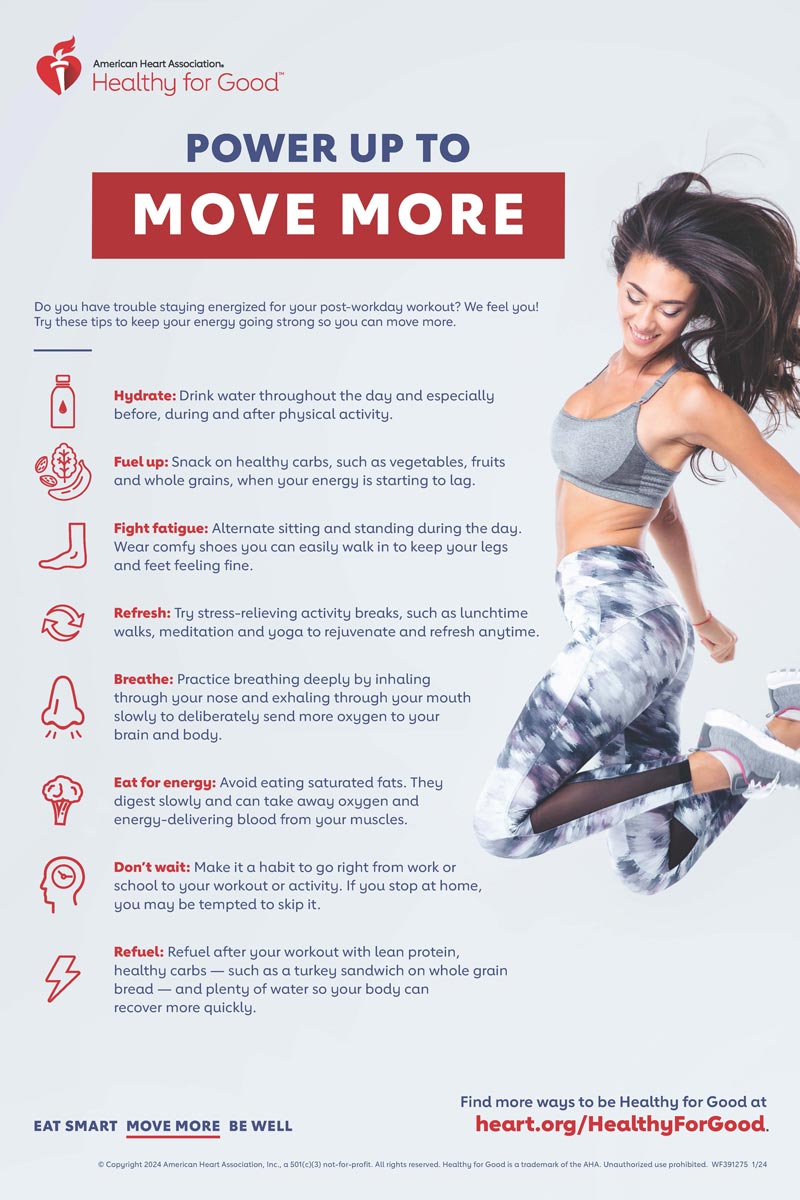

Keeping an exercise record will help you see your progress.You may want to find a friend to exercise with to help you stay motivated and on track.It is possible to have an effective, inexpensive exercise routine. Think twice about investing in expensive equipment or memberships unless you know you will use them.Plan to exercise at the same time every day, and stick with your plan. Schedule exercise as part of your daily routine.Wear appropriate clothing and shoes to match your activity and weather conditions.Besides improving the health of your heart, do you want to lose weight? Build muscle? Improve flexibility? Any physical problems that limit your choice of exercise.The types of programs that work with your schedule.Whether you like exercising alone or with a group.The types of exercise you enjoy choose a variety of activities so you don’t get bored.Having fun helps you stick with your routine. Have fun! Choose an exercise you enjoy.Ask your doctor or nurse if you have questions about when you can return to your routine. Don’t exercise when you are sick or have a fever.Slowly increase your exercise level, especially if you have not been getting regular exercise.It is best not to lay down after exercising because it reduces your tolerance. Remember to drink water when you are thirsty.Balance your exercise with seated activities.Wait at least 90 minutes after eating a meal before you take part in aerobic exercise.Improves your self-esteem and body image because you will look and feel better.Reduces stress, tension, anxiety and depression.Makes your muscles stronger and more toned.


This type of exercise is steady and uses your large muscle groups. Benefits include better balance, range of motion and better movement in your joints.Ĭardiovascular/aerobic (“cardio”). They are also used before and after exercising to prevent injury and strain. Flexibility exercises include stretching, tai chi and yoga. This type of exercise involves slow movement to lengthen the muscles. There are 3 basic types of exercise - flexibility, cardiovascular/aerobic and strength training.įlexibility. This information may or may not apply to you. This information is a guide to the overall benefits of exercise for patients with heart failure. When you have heart failure, you may need to avoid certain exercises or have other restrictions based on your health.

Please talk to your doctor or nurse about the best exercise routine for you.


 0 kommentar(er)
0 kommentar(er)
